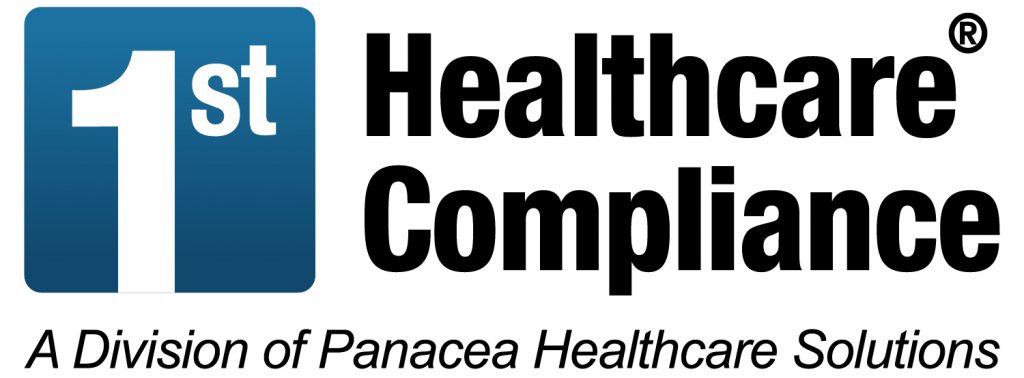Avoiding Overutilization vs. Patient Satisfaction: What’s a provider to do?
An increasingly important issue for many providers is the dilemma of providing care that is satisfactory to the patient while avoiding overutilization and its effect on reimbursement. Unfortunately, the patient’s perceived satisfaction may not be a result of receiving the best quality of care and in some cases may be due to inappropriate or wasteful care.
This tricky situation facing many clinicians is best described by William Sonnenberg MD, FAAFP in the Pennsylvania Academy of Physicians Fall 2013 Keystone Physician Journal, “The mandate is simple: Never deny a request for an antibiotic, an opioid pain medication, a scan, or an admission. One emergency room with poor survey scores started offering hydrocodone “goody bags” to discharged patients in order to improve their ratings. And doctors face the reality that uncomfortable discussions on behavioral topics — say, smoking or obesity — come with the risk of a pay cut.” This style of practice would clearly lead to a slippery slope for a provider. Interestingly, the results are not always good for the patient either. According to the Cost of Satisfaction Survey: An National Study of Patient Satisfaction, Health care Utilization, Expenditures and Mortality (Arch Intern Med 2012), data revealed that higher patient satisfaction was actually associated with less emergency department use but greater inpatient use, higher overall healthcare and prescription drug expenditures, and increased mortality.
Overutilization is responsible for up to 30% of healthcare spending. In response to reducing waste, the American Board of Internal Medicine initiated the Choosing Wisely resource (choosingwisely.org) for clinicians to assist patients in choosing care that is:
- Supported by evidence
- Not duplicative of other tests or procedures already received
- Free from harm
- Truly necessary
Finding that balance between quantity and quality will continue to be a challenge for the clinician. A patient -centered approach discussing evidence–based care, focusing on keeping patients well-informed and actively involving the patient in their comprehensive health plan should ideally increase patient satisfaction without causing overutilization.



